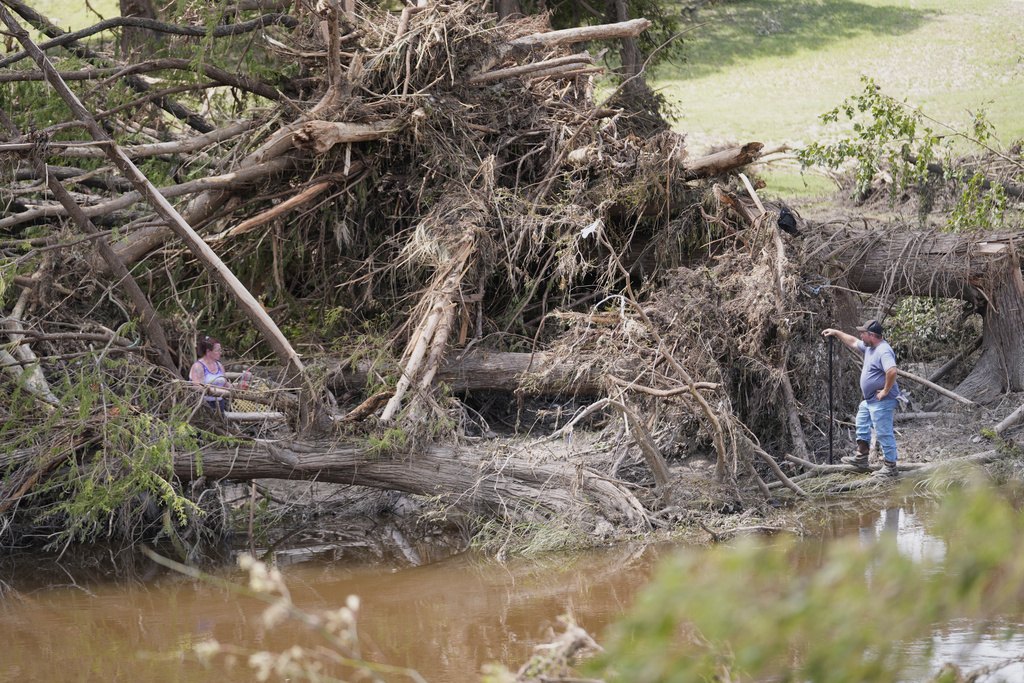Missed Opportunities for Flood Warning Systems in Kerr County
Over the past decade, various state and local agencies in Texas have overlooked critical opportunities to fund a flood warning system designed to protect residents of Kerr County, an area that has experienced tragic flooding incidents. The absence of this system has left the county’s approximately 50,000 residents, along with numerous youth campers and tourists along the Guadalupe River, vulnerable to flooding disasters, particularly in a region known for its susceptibility to flash floods.
Read more: Sliding Glass Door Repair West Palm Beach
The Need for a Flood Warning System
The proposed flood monitoring project aimed to enhance safety measures for both residents and visitors. It included the installation of advanced flood monitoring equipment near Camp Mystic, with an estimated cost of around $1 million. This amount is comparable to what the county allocates for courthouse security every two years, representing only 1.5% of its annual budget. This investment could have drastically improved public safety and potentially saved lives.
In contrast, neighboring communities have successfully implemented their own flood warning systems. For instance, the town of Comfort has installed sirens that emit a three-minute warning sound to alert residents of impending flood dangers, successfully facilitating evacuations for its 2,000 residents during past flooding events.
Historical Context and Past Flooding Incidents
The urgency for a flood warning system was reignited following a deadly flood on Memorial Day in 2015, which prompted discussions about installing a monitoring system and sirens to alert the public during emergencies. Many local officials recalled a catastrophic flood in 1987 that resulted in the deaths of eight people, including campers, leading to heightened awareness of the need for an effective warning system.
Despite this awareness, the proposal for sirens faced significant opposition from some residents and elected officials who cited concerns over the cost and potential noise disruptions from repeated alarms. As a result, county commissioners sought a compromise, opting for a warning system that would improve flood monitoring through sensors while leaving the responsibility of alerting the public to local authorities.
Funding Challenges and Lack of Support
Efforts to secure funding for the flood monitoring system faced numerous challenges. Kerrville, the county’s largest city, opted out of a joint grant application that would have required a modest $50,000 contribution. Additionally, the state’s emergency management agency rejected the county’s requests for hazard mitigation funding, prioritizing aid for communities affected by Hurricane Harvey in 2017 instead.
Later, when the state’s flood infrastructure fund presented an interest-free loan option for the project, it was deemed inadequate, leading the agency managing the watershed to decline participation.
The Impact of Inaction
The consequences of failing to implement a flood monitoring system became painfully evident when heavy rains hit the area early on July 4, causing the Guadalupe River to rise rapidly. Nicole Wilson, a mother from San Antonio, took action by pulling her daughters out of camp ahead of the flooding, and she subsequently launched an online petition advocating for the installation of sirens in Kerr County.
Calls for accountability have grown, with local officials and residents expressing frustration over the lack of action taken by county leaders. Ingram city council member Raymond Howard emphasized the urgency of the situation, stating that it is “unfathomable” that county officials did not act on flood warnings despite extensive discussions about the need for a system.
Historical Missed Grants and Future Prospects
In 2016, Kerr County attempted to secure a grant through the Texas Division of Emergency Management’s hazard mitigation program, which is funded by the Federal Emergency Management Agency (FEMA). However, the application was rejected due to failing to meet federal requirements, including the necessity of having a current hazard mitigation plan.
Despite hiring consultants to improve future applications, the county was overlooked after Hurricane Harvey due to funding being allocated to areas that experienced disaster declarations, which Kerr County did not receive. The city’s council further declined to participate in subsequent grant proposals, indicating a persistent lack of commitment to addressing flood risks.
In 2019, Texas voters established a new funding source for flood projects through a constitutional amendment, creating a state flood infrastructure fund. More recently, the Upper Guadalupe River Authority proposed a $1 million funding request to revive the monitoring project, but this was rejected due to unfavorable terms.
Conclusion
The tragic consequences of inaction in Kerr County underscore the critical need for effective flood warning systems. As the community grapples with the aftermath of recent flooding, local leaders and residents alike are calling for a renewed commitment to public safety, emphasizing that future funding for such lifesaving measures cannot be overlooked. As discussions continue, there is hope that lessons learned from past failures will lead to decisive actions that prioritize the safety and well-being of the county’s residents.

